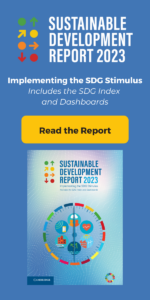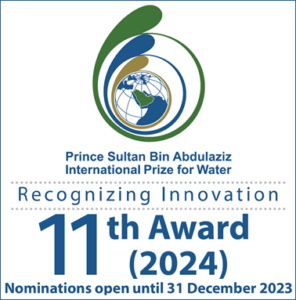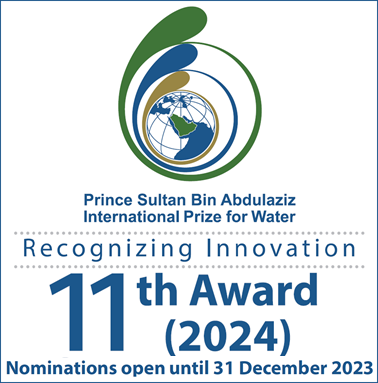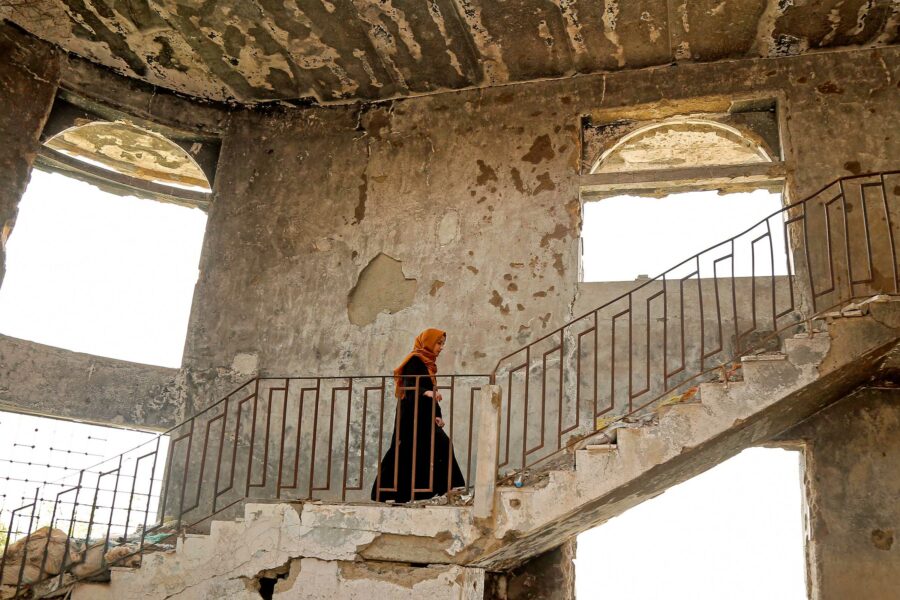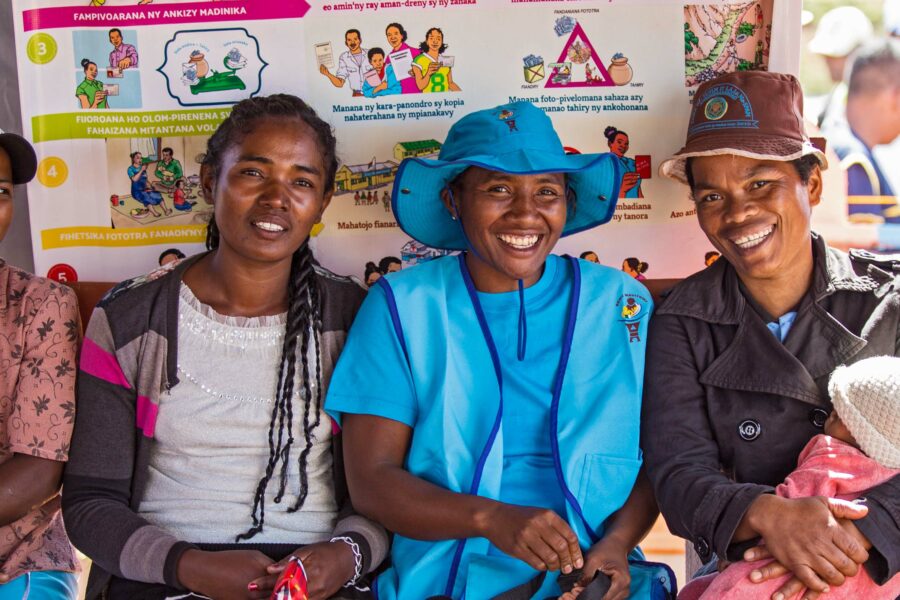Building effective institutions
Strong institutions are considered to be the essential foundation for the SDGs. Why have past attempts at institution-building proven so difficult?
Global governance — Global

This article was first published in Sustainable Development Goals 2016, published by Witan Media on behalf of UNA-UK.
The international community spends billions of dollars every year supporting efforts to build effective, inclusive and accountable government institutions in developing countries. The belief is that these reforms lead to better institutions that are able to provide rule of law, support economic growth and reduce poverty through basic service provision. This, we assume, will enable sustainable development.
Building better institutions has, however, proven difficult. Research suggests that many of these efforts fail to deliver the intended benefits. For donors at the forefront of institution-building, this research makes for difficult reading, as they stake a great deal of effort and money on these projects with very mixed results. The cost of these failures runs deeper, with millions left poor and vulnerable, conflict and state fragility rife, and efforts to deliver sustainable development undermined. How, then, do we increase the odds of success?
Before answering this question, it is first worth considering why better institutions are a good thing. Experiences in democratic, peaceful societies suggest that this is the case. However, in fragile states, dysfunctional and predatory institutions are often the norm.
Rules of the game
In theory, government institutions play an important role in shaping and incentivising the way society and organisations behave by setting the ‘rules of the game’. These rules guide economic and political interactions, determine how goods and services are delivered, shape how budgets are spent, and regulate the justice system. But, by themselves, these rules are not always effective. When rules are not enacted and enforced by effective and trusted institutions, then resources are wasted, services aren’t delivered, and people (especially the poor) do not receive the required protection.
Empirical research supports the theory. The World Bank and the UN show that institutional arrangements promote poverty reduction in a diverse range of socio-economic contexts. Yi Feng and Janine Aron demonstrate how institutions are important for economic growth. And the 2011 World Development Report makes a strong case for the link between weak institutions and conflict, showing that ineffective governments are more likely to experience extreme violence.
All of this builds a compelling argument for why better institutions are a good thing. It also builds a persuasive case for donor-supported institution-building, which aims to establish the ‘right’ rules of the game and enable developing countries to enforce them. The international community’s track record of helping to build effective institutions, however, leaves much to be desired, with a range of critics highlighting the various failings. Donors, too, are acknowledging the limitations of past practice, presenting mixed and often disappointing results.
Matt Andrews, though, really brings home our shortcomings. His analysis of institutional reform projects shows a mere 50-50 chance that our efforts will deliver better institutions. Andrews’ argument is that while many countries adopt donor-sponsored reforms, these reforms regularly fail to make a difference.
Uganda is a case in point. The government adopted a range of reforms over the last decade. But, as Andrews and Bategeka show, their impact has been limited. Take anti-corruption: the government has successfully overhauled its laws to combat corruption, leading to a score of 98 out of 100 for its legal framework from Global Integrity in 2011. However, as Ittner highlights, corruption continues to be pervasive, with Uganda ranking 142nd out of 175 on Transparency International’s Corruption Perceptions Index (where number one is the least corrupt).
Why, then, has it proven so difficult? First, we often adopt cookie-cutter approaches. This involves taking normative models as the starting point for reform, selecting solutions based on a deficit analysis and implementing those solutions in the name of best practice. While recognised as a bad thing to do, our default approach continues to be based on Western normative models and a deficit outlook.
This is deeply flawed. There is growing research that shows countries can take multiple paths to developing institutions; they don’t have to follow Western norms. That’s because institution-building is context specific, meaning that while general ideas around institutions may travel well, the specific dimensions of better institutions may not. The idea that we can take blueprints and export them, therefore, is intellectually lazy.
This leads us to difficulty number two: adapting reforms to local context. We know context matters, but the tendency to draw on normative models means we continually overlook important contextual dimensions. These dimensions might be political, they might be cultural, but not paying sufficient attention to them leads to the same result: overly ambitious, unrealistic and poorly targeted projects that simplify the complexity of institution-building.
Returning to the Uganda example, reforms led to new laws – such as the Anti-Corruption Bill, the Inspectorate of Government Act, and the Leadership Code Act – that put tough rules in place, with new government bodies established to oversee their implementation. But these reforms overlooked important contextual realities, specifically the corrupt behaviours of key enforcers of the law. By context, what we ultimately mean is a set of very human dynamics. Organisations are just a collection of people, after all, rather than inanimate machines to be engineered by a rational set of blueprints, and people come with interests, norms, beliefs and egos. Missing these human factors therefore overlooks important dimensions that shape institutional change.
As Rathmell shows in his account of institution-building in Iraq and Afghanistan, powerful political dynamics challenge the viability of reform. Rosenbaum, too, highlights how organisational culture shapes behavioural expectations and responses to reform in Eastern Europe. Whatever the case, social dynamics are a key factor in shaping the willingness of both individuals and organisations to reform.
These dynamics can, however, be incredibly challenging to understand. If we think of an organisation as an iceberg, the dynamics largely exist beneath the waterline – submerged and difficult to see. This brings us to the third difficulty: diagnosing and delivering locally owned change.
Many of the current approaches privilege the knowledge of experts. These experts are normally from states within the Organisation for Economic Co-operation and Development, with hard-won professional experiences that are drawn upon to diagnose institutions and prescribe solutions using a quintessential cause–effect model to understand the world.
However, this approach is limited in complex environments, where the cause-and-effect relationships are often ambiguous, with many unknown unknowns, making them almost impossible to understand through analysis alone. Institution-building is a good example of complexity. Our expertise, therefore, while valuable, can get in the way of understanding local dynamics.
The real experts of the local context are those in the beneficiary institution. They understand the dynamics better than anyone and have a better feel for how these dynamics influence reform. Current approaches, however, limit what we mean by ‘they’ to a narrow set of people at the top of an institution – to whom we sell reform in the name of local ownership. This, though, is not ownership and limits the extent to which we draw on local expertise.
Local ownership is about broad-based engagement with a range of people within and outside the target institution(s) – people who should play a key role in diagnosing problems, identifying locally relevant remedies and leading the implementation of solutions. The narrow perspective of ‘they’ therefore undermines it, weakening the drive from the beneficiary to change and taking away their ownership of the outcome.
Step change required
Given the issues we have just highlighted, the odds appear to be stacked against success. How, then, do we increase these odds? First, we have to stop assuming that developed-world technical knowledge trumps local context. We need to jettison assumptions about what ‘we’ think works. Institution-building is complex, and developed-world specialists don’t have all the answers.
If we accept this, then we start to realise that our work is more experimental in nature. This recognises that the relationships between causes and effects are difficult to see, opening us up to more hypothesis-led approaches that iterate towards the solution. In this light, interventions consist of many small steps, rather than one big one, allowing us to weed out bad ideas and build on those that are successful – learning what works through short adaptive cycles of action.
Second, to help donors experiment, rather than starting with normative models, we need to be more problem-driven. Problems help open us up to other possibilities, rather than biasing our starting point for understanding the context. This, though, does not mean problems identified by experts. It means problems that are locally salient among a cross-section of the beneficiary. If they identify with them, these problems are more likely to offer entry points to explore jointly the context and build hypotheses of what might bring change.
It also offers an opportunity to spot exceptions to the problems. If we can identify and analyse these exceptions carefully, they can point us directly towards solutions that are, by definition, workable, given that they have worked before. Too often, we are focused on deficits in the institution and trying to plug them with what we know, leaving us closed to ready-made solutions right in front of us.
Third, if we wholeheartedly believe that people within the beneficiary institution are experts of the context, then development actors need to get better at co-creating change with them. This means working with a broad cross-section of the institution to recognise and diagnose what needs to change and identifying the steps that will deliver it.
Building effective, accountable and inclusive institutions is painstaking work. As Sustainable Development Goal (SDG) 16 recognises, though, it is vital. Institutions can and do play an important role in reducing poverty, improving the rule of law and increasing economic growth. Despite the difficulties, therefore, the UN’s efforts to build better institutions are central to progressing towards the SDGs.
But a step change is required – one that learns from past lessons and develops new ways of thinking about what works. Change management, organisational psychology and agile thinking all offer fresh models and frameworks that can challenge our modus operandi, providing us with ways to be hypothesis-led, iterative in our approach and problem-driven, and to work in greater partnership with those most affected by change. We just have to be open to thinking in divergent ways.

